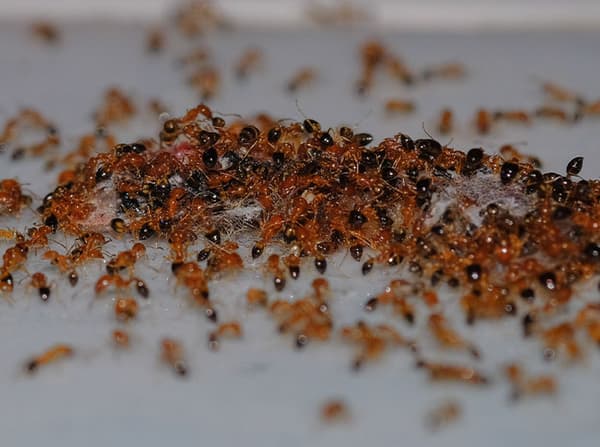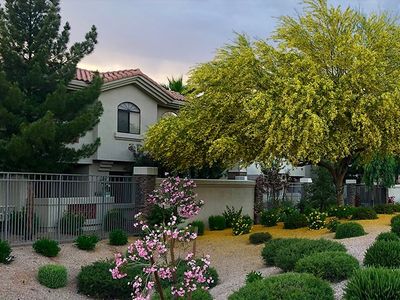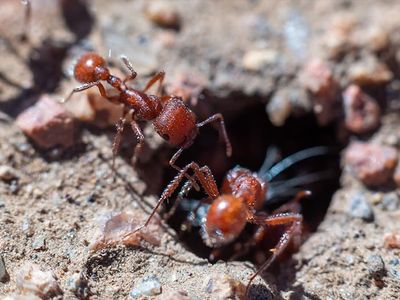What do Argentine ants look like?
Ants are tiny insects with three distinct body parts: Head, thorax, and abdomen. Argentine ants look like many other ant species. They are dark brown to black. They're also tiny, making it difficult to see their unique visual characteristics. At a mere 1/12 of an inch, an Argentine worker is nothing more than a tiny speck. But you'll see more than one speck. A helpful visual clue that you have an Argentine ant colony is that you'll see thousands. They create large colonies and work together to create super colonies.

How did Argentine ants spread globally?
These ants have made their way to the United States by way of steamships and other transport vessels. Once localized, human-assisted dispersal continued to remain the primary way these ants have spread throughout the U.S. They continue to hitchhike inside objects that are transferred from one state to another. Their ability to spread through budding and local dispersion is far less significant.
Why are Argentine ants considered an invasive pest?
A large factor that allows Argentine ants to take over and drive other ants out is that there is little intraspecific aggression. In other words, they get along well with other Argentine ant colonies. This is no small factor. Many ants are aggressive to other ants, even of their own species. Therefore, Argentine ants can move in and work together efficiently to take over a patch of land with ease.
Where do Argentine ants live?
You'll find Argentine ants nesting in the soil and underneath mulch, stone pavers, decaying wood, and other organic debris in your yard. They have a preference for getting into garden beds and exploring landscaping. When they find their way indoors, they are opportunistic nesters. They'll nest in walls, behind baseboards, in electrical outlets, and many other voids. They can create many small colonies throughout a home and work together to cause quite a bit of trouble.
Are Argentine ants dangerous?
These ants can have an agricultural impact, but they are not considered a danger to humans any more than other ants. A common issue with ants is that they get into unsanitary places and pick up disease-causing microorganisms. When they crawl around inside your home, they can transmit these germs to surfaces, plates, silverware, cutting boards, and more. They can also introduce them to packaged foods. You can reduce the risk of illness by keeping things clean and protecting your trash.
What problems do Argentine ants cause?
The primary issue with these ants is that they overwhelm residences by their sheer numbers. If you walk into your living room and find your couch entirely covered in ants, your day is ruined. The same is true if they cover a mattress, chair, or the trash bin in your kitchen. This is what you can expect from Argentine ants. But, even when they stay outdoors, they can be frustrating to deal with as they disrupt the ecosystem.
Why do I have Argentine ants?
It is possible that you got these ants when you planted something new in your yard. They can hitchhike with plants, hiding inside the soil. It is more likely that they moved in from an adjacent property. These ants are common in our area.
How do I get rid of Argentine ants?
Control methods for Argentine ants are complicated. It is critical to break the cycle of infestation. Doing this may require targeted baiting. A proper bait must be selected and applied in key areas in appropriate amounts. Along with bait, a licensed pest management professional may also use mound treatments to address colonies. The products used are undetectable to the ants and work to disrupt development by introducing an insect growth regulator. During treatments, your technician will also apply materials to prevent the ants from getting into your home by laying down a liquid treatment barrier. Contact your Greenway Pest Solutions service team to learn what we may do for your specific infestation.
How can I prevent an Argentine ant infestation?
There is no way to fully prevent Argentine ants from coming onto your property, but a year-round pest control service plan can provide your property with what it needs to resist these ants and keep them out of your home. We address pest pressures by providing routine inspections, spot treatments in your yard, and a barrier application.








